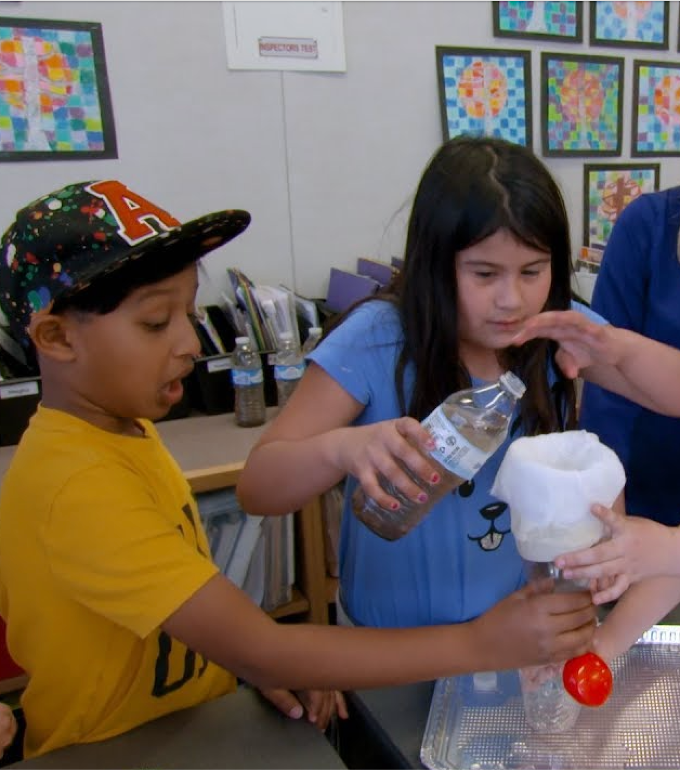April 11, 2025
Teaching
"Design Thinking Changes. How. We. Think."

Design 39 Campus is a K–8 public school with an emphasis on design thinking, collaboration, and personalized learning. Currently serving 1,011 students in Poway, a suburban community about 30 minutes outside San Diego, Design 39 is committed to putting students and teachers at the center of everything the school does.
Hal Wuertz has been teaching Design Thinking to organizational leaders with strong results. But while many have explored it—and some apply it well—she’s seeing interest wane across universities, governments, nonprofits, and businesses. Her take: rather than chasing the next trendy framework, we should double down on using this one well. Design Thinking fills a real gap in how we approach complex problems. It promotes collaboration, creativity, and empathy.
She goes further. Rather than leave it behind, she argues we should make it more accessible—embedding it in K–12 public education as a core skill, not just a tool for executives or academics.
"Some of the words I’ve used to describe Design Thinking — like creativity and collaboration — are abstract concepts that may sound familiar, especially to teachers versed in 21st Century Skills and the 6 Cs. However, what Design Thinking does is harness these kinds of skills into an applied method. Because it’s an applied method, Design Thinking is repeatable, and gives students a common scaffolding for tackling a wicked real world challenge. Much like the Scientific Method imbues students with a respect for skepticism, precision and logic, Design Thinking gives students a new way of perceiving the world — a way that imbues values like creativity, collaboration and empathy."
ARTICLE: It’s Time to Re-Design How We Think




